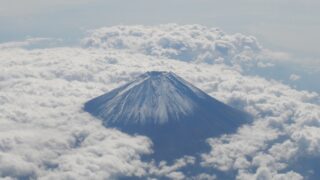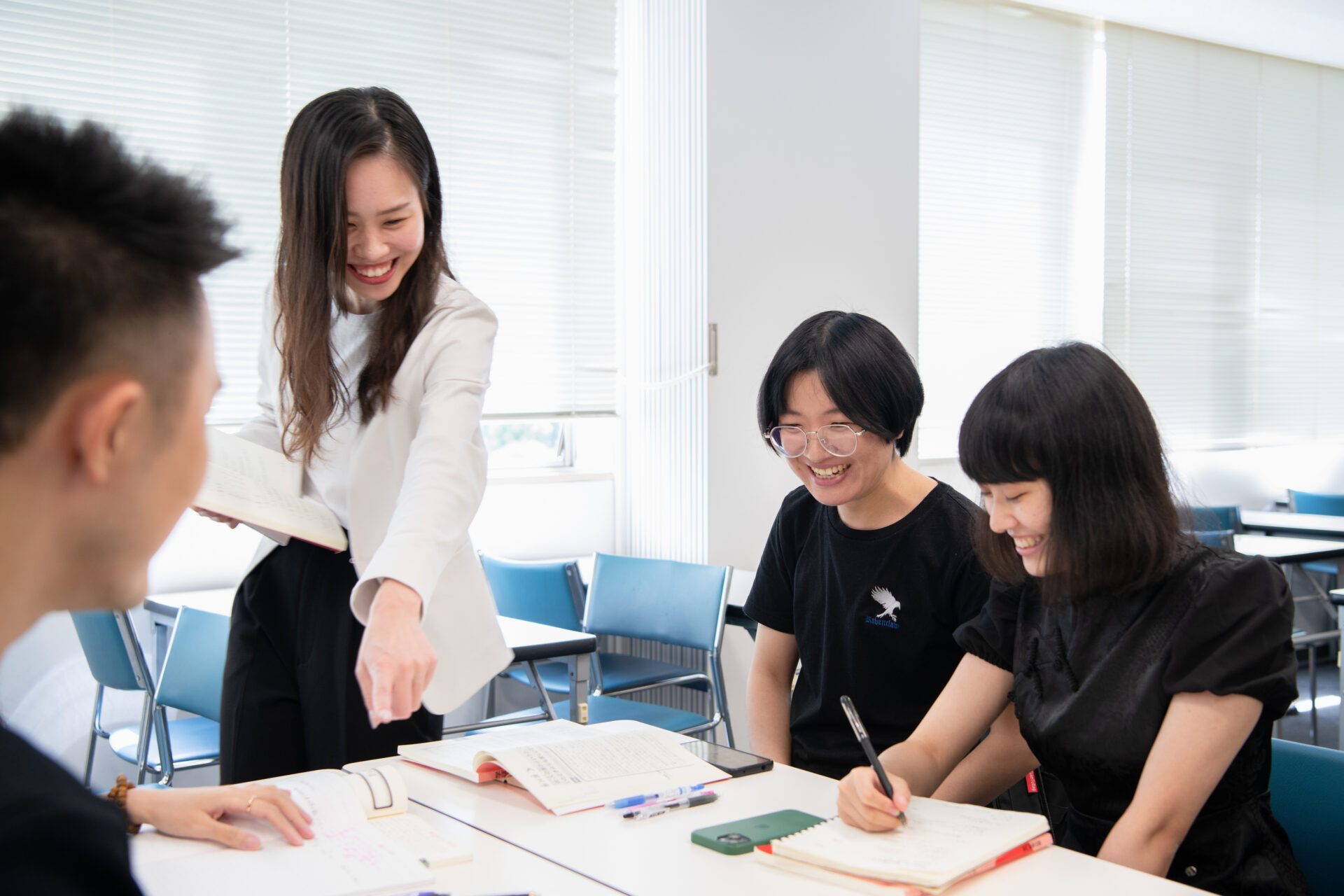
Jennifer Tijssen has loved Japanese culture for as long as she can remember. It started out with children’s animation shows but soon branched out to include all that this lovely country has to offer. Having studied Japanese language and culture in university, she came to Japan in 2022 fully equipped to experience the country. Her interests include cuisine, design, sociology and flora and fauna.
Curious about when is the best time to visit Japan? Let’s take a closer look at Japan’s weather and break it down month by month. We’ll also discuss any seasonal weather extremes that are important to be aware of.
Japan has four seasons, something that is highlighted in Japanese culture and gets celebrated throughout the country, with Japanese people usually paying a lot of attention to the small signs indicating the changing of the seasons: activities and events like splitting watermelons, catching beetles or watching fireworks are only practiced during certain seasons, and season-dependant products and produce fill the shelves in shops and supermarkets.
January
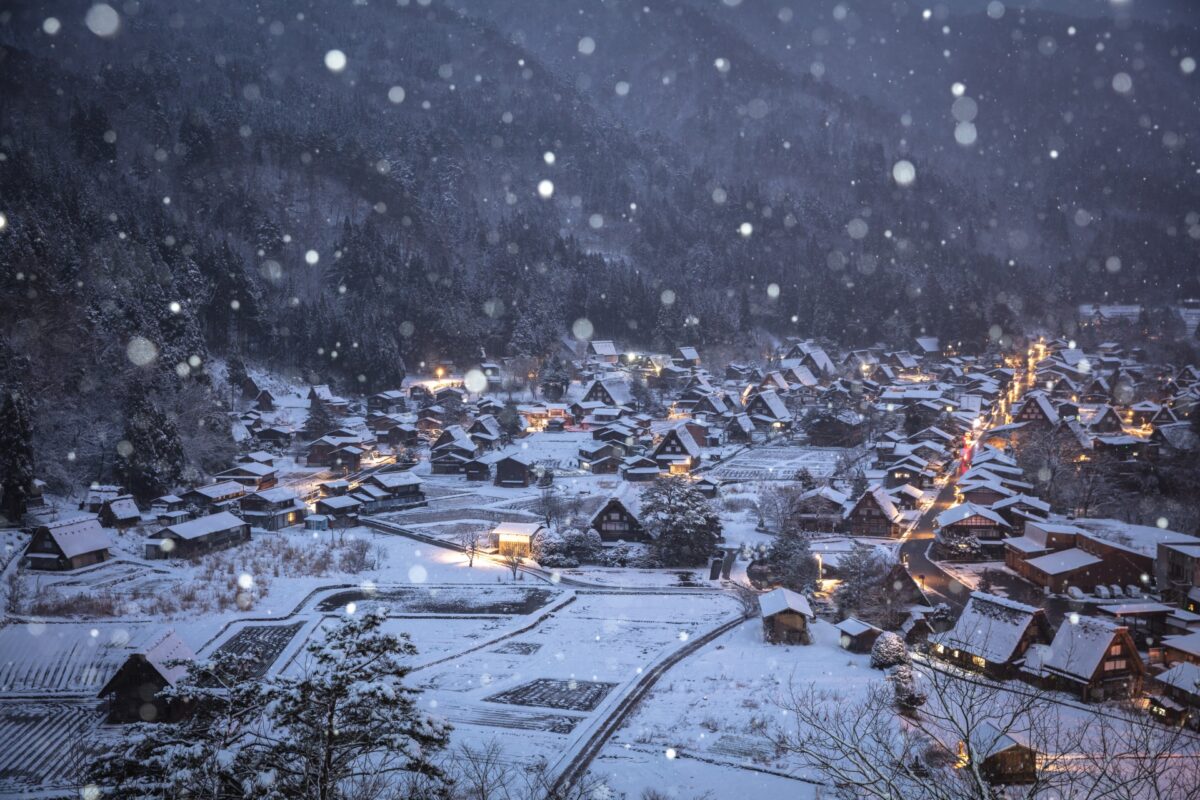
January means winter in Japan, and this month clocks the coldest temperatures of the year. In Tokyo, this means average daily temperatures of around 41°F (5°C). There might be some snow, but in general Tokyo rarely sees any snow accumulation. If you were hoping for a winter retreat in Kyushu, southern cities like Fukuoka are unfortunately not very different from Tokyo. For something warmer, consider Okinawa which sees average daily temperatures of 64°F (18°C). The northernmost prefecture of Hokkaido sees temperatures of 25°F (-4°C) on average.
As January marks the start of the new year, Japan enjoys a national holiday from 1st-3rd of January. During this period, many Japanese partake in hatsumode, the first visit to a temple or shrine in the new year, to pray for good fortune in the year to come.
February

The last month of the Japanese winter, February, still calls for the cozy warmth of a heated kotatsu table in most Japanese homes. Temperatures rise to highs of 52°F (11°C) and lows of 35°F (2°C) in Tokyo, Kyoto and Osaka.
February is also the month of the Sapporo Snow Festival, a hugely popular event in Hokkaido featuring magnificent ice and snow sculptures. Average daily temperatures hover around 37°F (3°C), so be sure to dress accordingly when you visit.
March

The beginning of spring also marks a significant change in the weather and temperature, with Tokyo, Kyoto and Osaka climbing rapidly to 50°F (10°C). Mid to late March is a special time in Japan – this is when the cherry blossoms (sakura) start to bloom in mainland Japan’s southern regions! Refer to the special sakura forecast information drawn up by Japanese meteorological institutes to confirm the timing of your trip to catch this unique flower extravaganza.
April
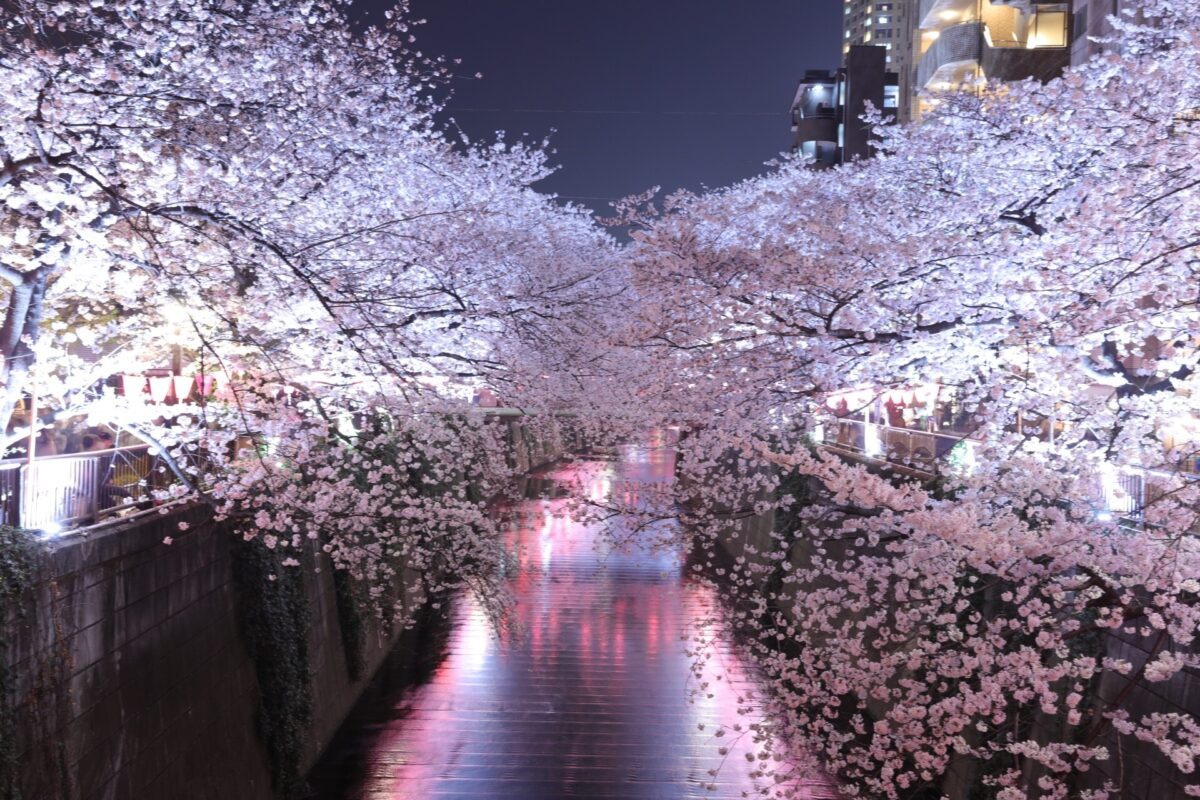
April is the beginning of the new academic and financial year in Japan. This period is inseparably linked to the image of cherry blossoms in full bloom throughout the country. With average daily temperatures of 60°F (15°C) in the major cities of Tokyo, Kyoto and Osaka, the weather is perfect for a picnic under the clouds of delicate pink flowers. April is definitely one of the best – and busiest – months to visit Japan!
May
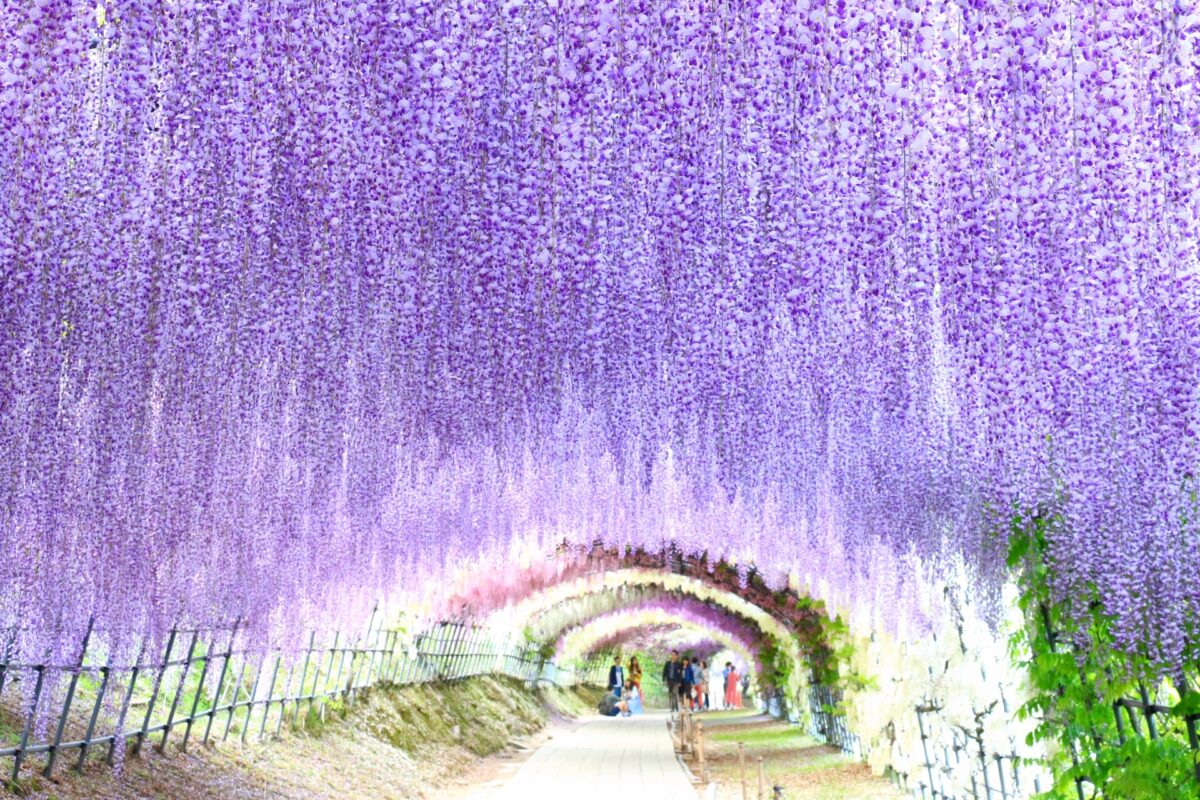
The lovely spring weather continues into May, with comfortable temperatures of just under 70°F (20°C) on average on mainland Japan. Golden Week, a week of national holidays, falls in the last days of April and the first days of May. As it’s one of Japan’s busiest travel periods, accommodation will be harder to come by and travel expenses will be higher than usual, so it might be best to avoid this week. The rest of May is a wonderful time to explore Japan.
Hokkaido experiences most of its sakura blooming in May. Combined with average temperatures of around 57°F (14°C) and low levels of precipitation, this makes Hokkaido a worthwhile place to travel in May. Avoid Okinawa though, as the rainy season there starts around this time.
June
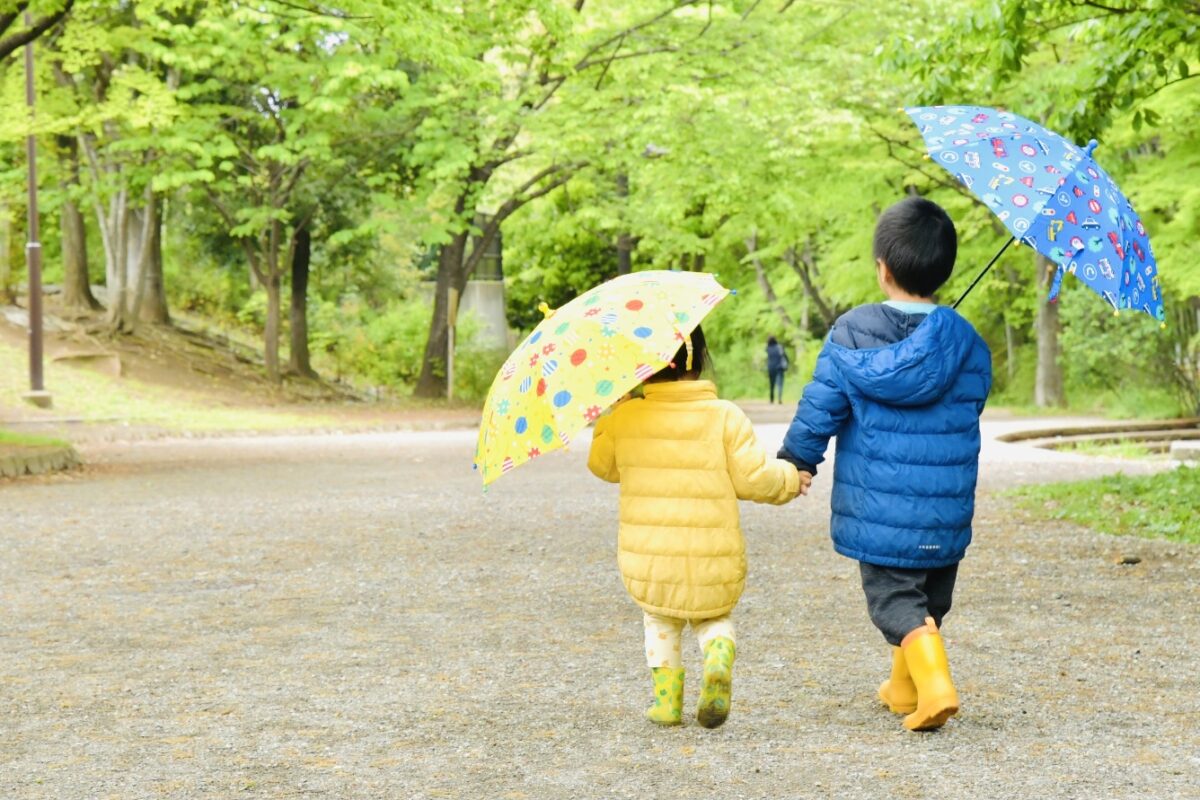
June is known as the rainy season in most of Japan, a period of heavy rainfall and cloudy weather. The rainy season varies in intensity from year to year, but in general the rainfall rarely causes trouble while travelling except for in areas prone to landslides and flooding from rivers. Convenience stores sell umbrellas on every corner, so don’t worry about getting caught in a storm unprepared.
Apart from the precipitation, June’s weather is quite pleasant, with average daily temperatures of 72°F (22°C) in the major cities. Hokkaido is also very enjoyable this time of the year, with low rainfall and temperatures around 63°F (17°C).
The end of the rainy season marks the start of summer in Japan.
July

July brings hot and humid summer weather. Although the humidity might be uncomfortable on hot days, rest assured that there is air conditioning to be found in almost all buildings. There’s also no shortage of refreshments from vending machines that can be found on just about every street, dispensing bottles of cold water, tea, coffee or soda.
Temperatures of 95°F (35°C) are not uncommon on mainland Japan (although the average temperature is around 79°F (26°C)), so be sure to bring breathable clothes and maybe pick up a handy sweat towel which most Japanese carry with them in summer. In the warm evenings, enjoy the fun and vibrant summer festivals like Tanabata or Gion.
An escape from the summer heat may be found in Hokkaido where temperatures are generally 10°F (5°C) lower than in Tokyo.
August
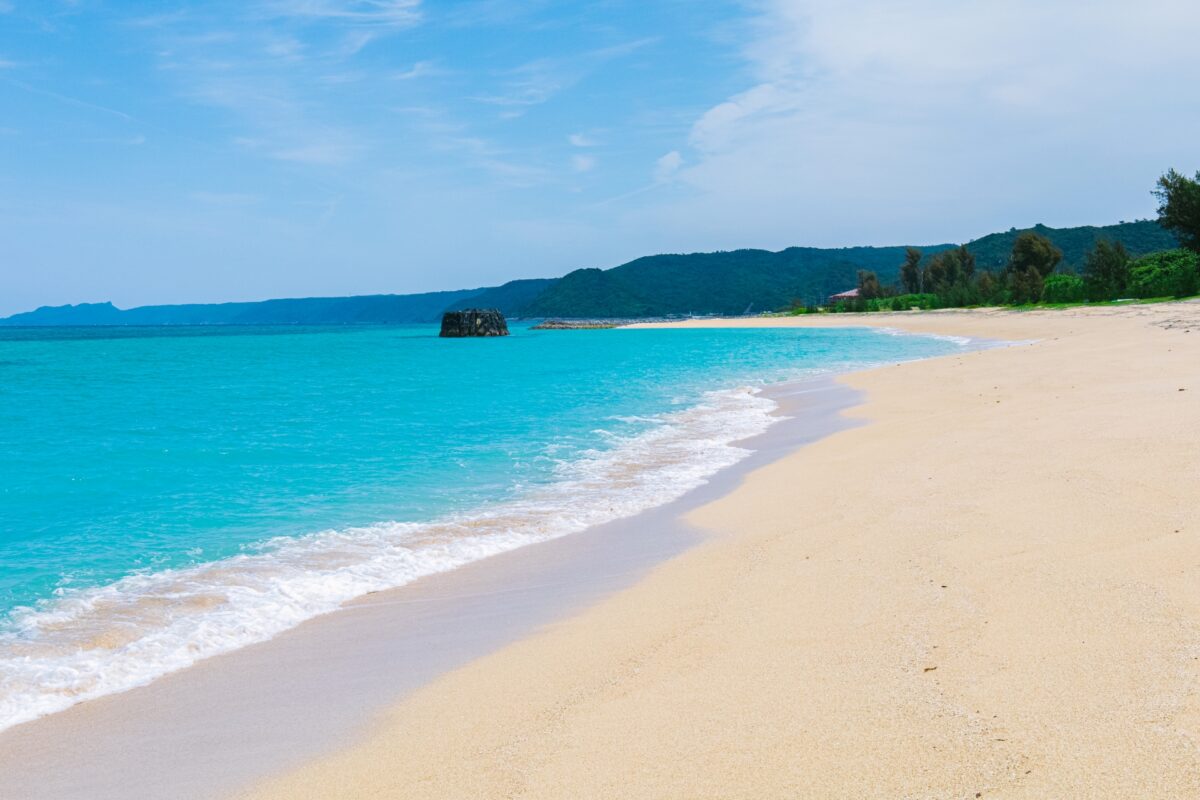
The month of August continues July’s trend of hot, humid weather with average daily temperatures of 79°F (26°C), but the high humidity can make it feel hotter than that. August sees even more festivities than July, with an abundance of firework festivals, lantern festivals and the nationwide Obon holidays, providing plenty of opportunities to dress up in a summer yukata.
At the same time, August is the peak of typhoon season. However, there’s no need to alter travel plans because of typhoons as in most cases they are unlikely to become a hindrance, but they might affect outdoor activities and cause rescheduling if the rain and wind are strong.
September
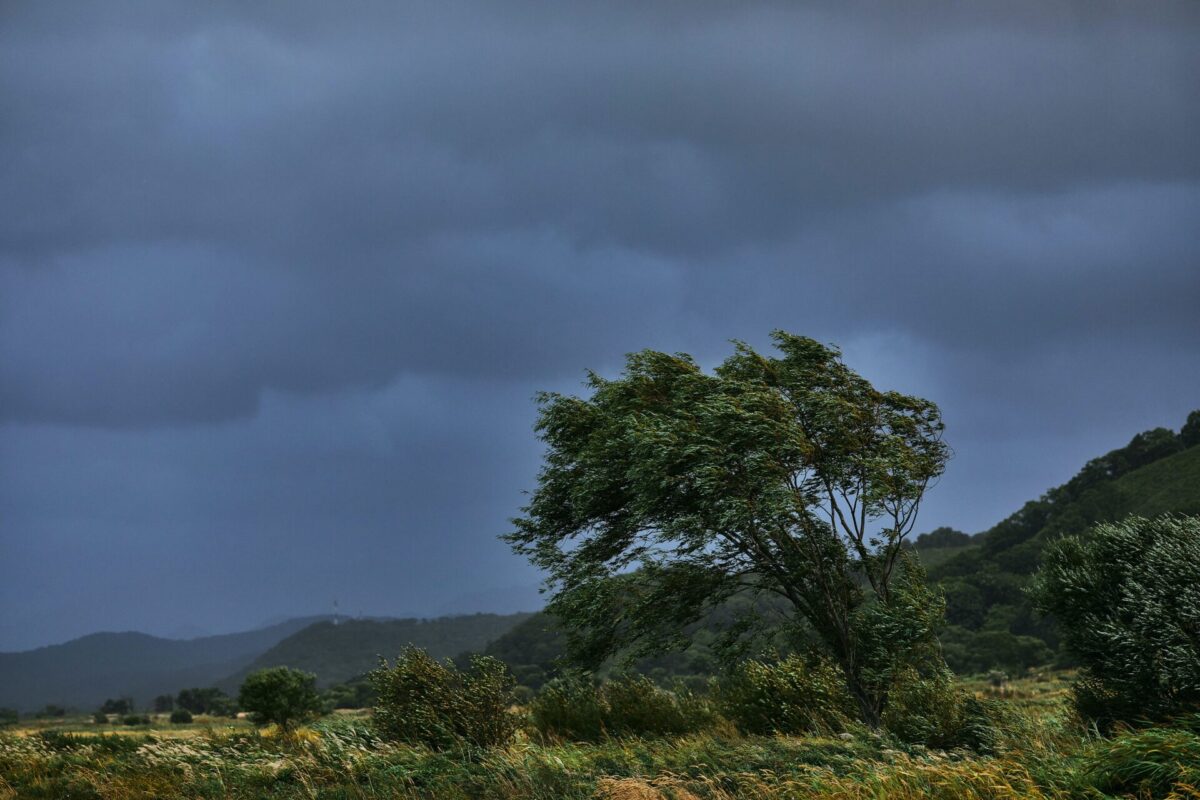
September may still see an occasional heavy storm as the typhoon season comes to an end. The summer heat is making its retreat from mainland Japan, with temperatures in Tokyo, Kyoto and Osaka dipping below 77°F (25°C). As summer slowly makes way for fall, the northern regions of Japan get ready to marvel at the beautiful autumn foliage. Similar to the sakura forecast, the Japanese meteorological institutes prepare a forecast predicting the best time to view the gorgeous red and orange hues of the leaves. Sapporo enjoys this spectacle in late September, as do regions with higher elevation.
October
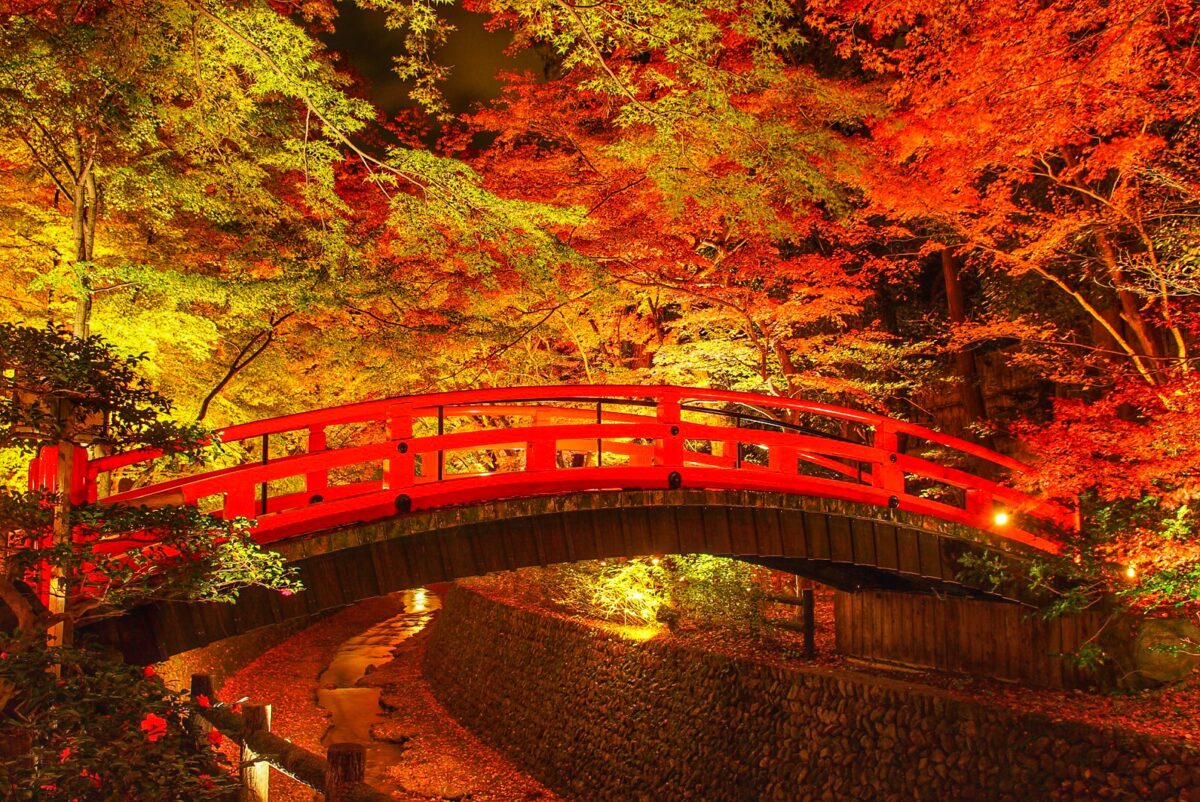
October may be one of the best months to visit Japan as it’s relatively warm, with temperatures of around 72°F (22°C) in Tokyo, and without the humidity of the summer months. The northern half of Honshu sees the leaves changing colors in October, and there are lots of fun things to do including festivals this time of year.
November

In late November, the fall foliage front reaches the cities of Tokyo, Kyoto and Osaka. Temperatures are pleasant, around 63°F (17°C), and there’s not a lot of rainy days. Except for a few popular foliage viewing spots, travel activity is low in November. Combined, these factors make November another great month to visit Japan.
December

As winter returns to Japan, Hokkaido sees temperatures dip below zero during the night and hover just a few degrees above zero during the day. In Tokyo, Kyoto and Osaka the average daily temperature generally stays around 50°F (10°C). The weather is relatively dry, and December’s travel activity is low up until the end of the month. However, days are quite short as the sun sets around 4:30pm in Tokyo, but the Christmas illuminations make up for the lack of daylight with their glitter and sparkle. And if you like hitting the slopes, December is a great choice as this month marks the beginning of Japan’s skiing season.
Japan Wonder Travel Tours
Japan Wonder Travel is a travel agency that offers guided tours throughout Japan.
From private walking tours to delicious Food and Drink tours, we can help you organize the best tours just for you! If you want to explore Japan and learn more about the history and backstories of each area you are visiting, our knowledgeable and friendly English speaking guides will happily take you to the best spots!
In addition, we can provide you with any assistance you may need for your upcoming trip to Japan, so please feel free to contact us if you have any questions or need some help!
▶Tokyo Tsukiji Fish Market Food and Drink Tour
Explore the most lively and popular fish market in Tokyo and try some of the local’s favorite street foods and sake with one of our friendly and knowledgeable English speaking guides!

▶Tokyo 1–Day Highlights Private Walking Tour (8 Hours)
There’s no better way to explore an area than taking a tour with a knowledgeable local guide. You will have the chance to learn about the history and interesting background stories of Tokyo, as well as discover some hidden gems which can be hard to do without a guide.

▶Mt. Fuji Day Trip Bus Tour from Tokyo
Experience the breathtaking views of Mt. Fuji by visiting the highlights of the area on our guided sightseeing bus tour! Departing from Shinjuku in central Tokyo, you can travel comfortably to all of the best spots in the area by bus.

▶Kyoto Private Full Day Walking Tour
On this full-day private tour of Kyoto, you will be able to see the highlights of Kyoto in just one day and at the same time develop a deeper understanding of both the culture of the area and Japan as a whole.

Follow us on Instagram, Facebook, Twitter, and TikTok for more travel inspiration. Or tag us to get featured!
Happy traveling!



